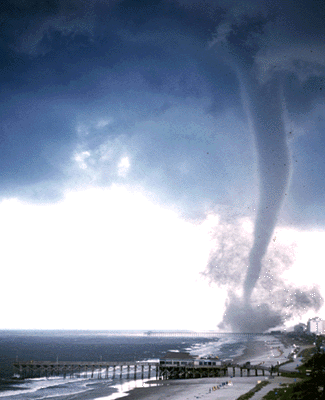
Just yesterday, Barack Obama was sworn in as the 44th President of The United States of America. This was a historic moment because Barack Obama is the first African-American president. Luckily, I was able to watch the Inauguration at school and see President Obama get sworn in. As I was researching the topic, I came upon two articles that explained the Inauguration in a great way.
The first article I read was written by the New York Times. It talked about the millions of people who joined the President and his family from the capitol to the National Mall and beyond. His many supporters started chants saying, "Obama! Obama! Obama!" The article also discussed how Barack and Michelle Obama had to attend 10 Inaugural Balls that evening. It was already a long day and President Obama had to continue it to the wee hours in the morning. I believe that Barack Obama is a great man. He is respectful, intelligent, and funny, some of the many things we need in a president. When interviewed at one of the Inaugural Balls he was quoted for saying, “Hit it, band!” That shows that he has a sense of humor. You can find the article at http://www.nytimes.com/2009/01/21/us/politics/21obama.html?_r=1&ref=us.
The second article I read was about the many people who traveled hundreds of miles to witness history. Avil Lawrence and Lou Johnson went with their children to witness the amazing moment. Lou Johnson's son is 40 and said "'To be honest Dad I never thought I'd see it.' So, here we are able to see it together." Avil Lawrence was apart of one of the first segregated classes in 1971 and was proud to witness Barack Obama become president. The article makes me understand how others feel about this moment in history. I think that it is a big step for all Americans to start new, especially at this time. The people who were apart of the celebration might not have been able to see the actual swearing in, but they were happy to be apart of the event. You can find this article at http://www.nola.com/inauguration/index.ssf/2009/01/streaming_north_witnesses_to_h.html.
Overall, I thought the Inauguration was a historical moment that will forever be remembered by our generation as well as the many generations after us. I am happy to say that I was watching and able to be alive for this amazing time.
(I got the picture of Barack Obama from: http://www.sciencedebate2008.com/www/assets/images/barack-obama-1.jpg


